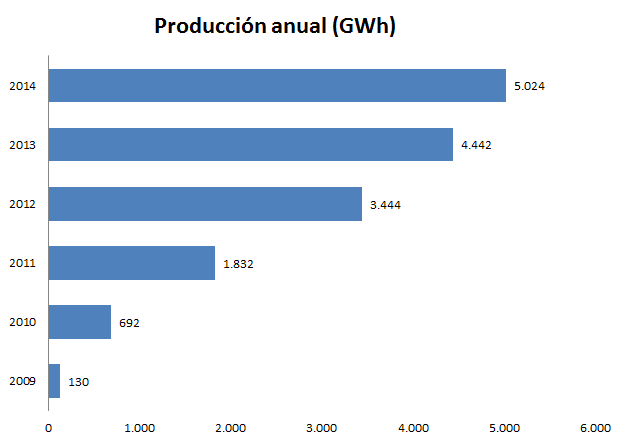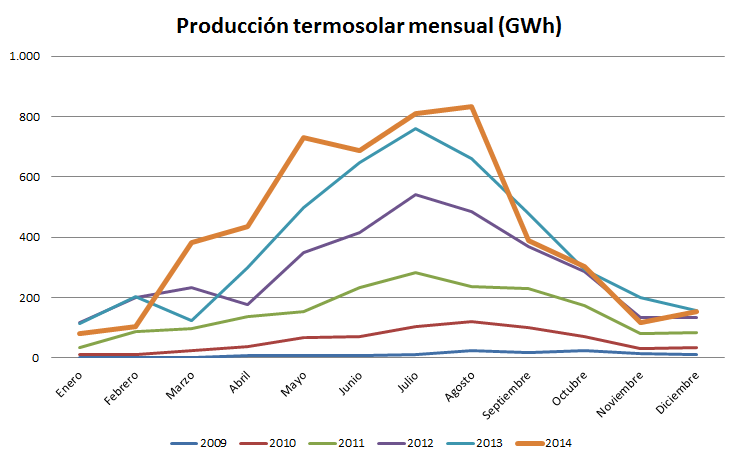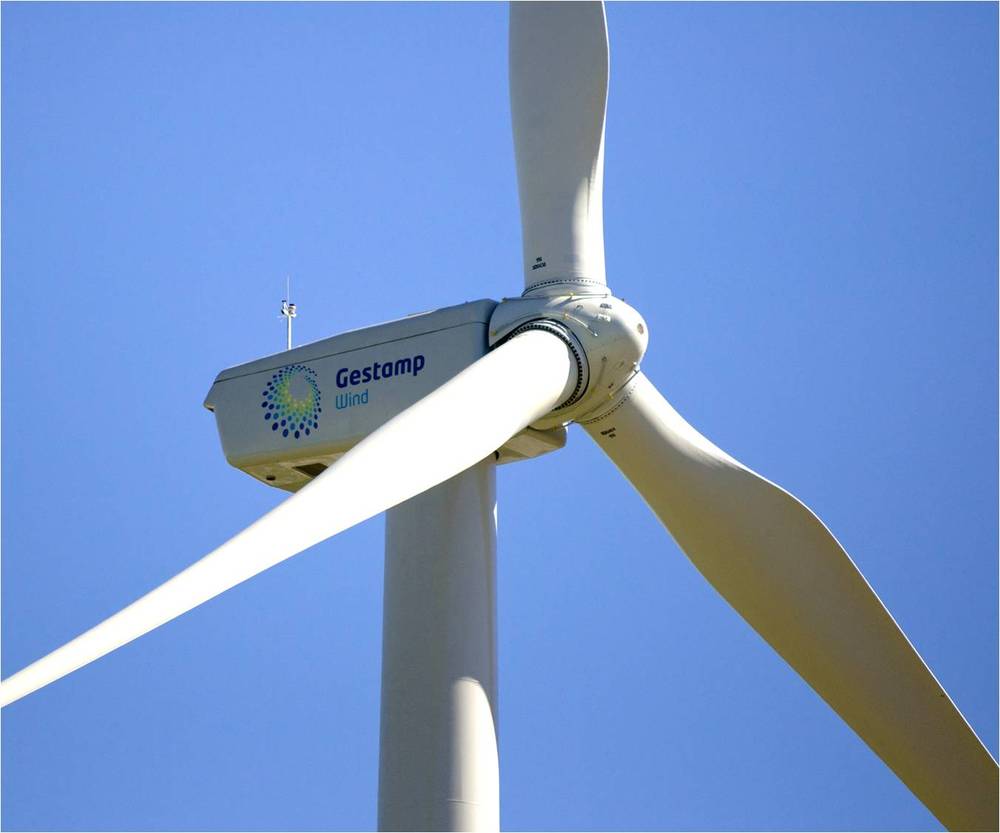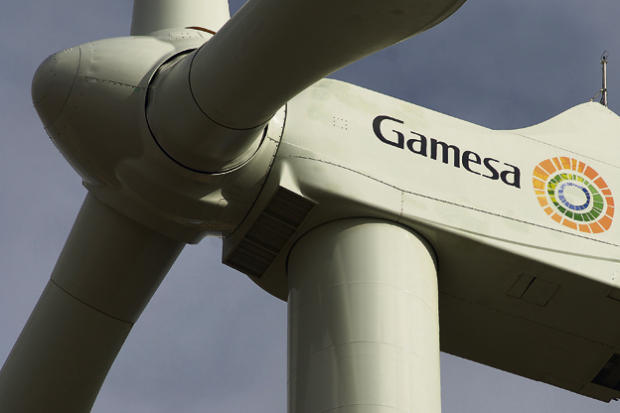Con una inversión de $570 millones, el proyecto eólico generará 270 megavatios (MW) de energías renovables, lo que representa alrededor de un 9% del consumo.
La construcción y operación de la segunda y tercera fase del proyecto eólico fue mayoritariamente adquirida por InterEnergy Holding.
Unos 200 millones de dólares podría ahorrarse el Estado en energía, con la puesta en operación del primer parque eólico en Panamá y el más grande de Centroamérica, ubicado en la comunidad de El Coco de Penonomé.
De acuerdo con Rafael Pérez-Pire, director de Unión Eólica Panameña, esto no significa que baje la tarifa eléctrica, pero sí que bajen los subsidios por el bajo costo de los megavatios eólicos.
Con una inversión de $570 millones, el proyecto generará 270 megavatios (MW) de energía limpia, lo que representa alrededor de un 9% de la energía total que consume el país.
Se estima que el Parque Eólico Penonomé se completará en su totalidad durante el segundo cuatrimestre del año.
Aparte de los 800 mil dólares pagados por la compañía al Municipio de Penonomé, por los permisos de construcción, el parque eólico también ha generado beneficios a la comunidad, ya que el 90% de la mano de la obra civil es local y de áreas aledañas.
Además, es una tecnología amigable con el ambiente debido a que los terrenos utilizados son alquilados por 6,000 dólares anuales por cada aerogenerador que solo ocupan un cuarto de hectárea y los propietarios de los terrenos pueden seguir con sus actividades cotidianas, como siembra de arroz, ganadería, entre otras.
“El potencial eólico de Panamá es muy alto, pero un sistema eléctrico no puede depender de un solo tipo de energía”, dijo Pérez-Pire.
Explicó que la energía eólica es verde, barata, competitiva, pero es casi impredecible porque depende del viento.
La segunda y tercera fase del proyecto están compuestas por 86 aerogeneradores.
Se han instalado 26 aerogeneradores de la segunda y tercera fase del Parque Eólico Penonomé. El 31 de enero pasado se conectaron los 2 primeros circuitos Nuevo Chagres con 17 turbinas (42.5 MW) y Rosa de los Vientos 8 (20 MW) de la segunda fase, que estarán ingresando 62.5 MW al Sistema Interconectado Nacional.
Esto se suma a las 22 turbinas instaladas, con una potencia instalada de 55 MW, que equivale al consumo de energía anual de más de 20 mil familias panameñas.
La construcción y operación de la segunda y tercera fase del proyecto fue mayoritariamente adquirida por InterEnergy Holding, socio mayoritario de Unión Eólica.
Financiamiento
Para la financiación de estas etapas, el parque eólico obtuvo un préstamo de 300 millones de dólares del International Finance Corporation (IFC), miembro del Grupo del Banco Mundial.
El paquete de financiamiento consiste en un préstamo sénior de 80 millones de dólares de IFC y de 60 millones del Managed Co-Lending Portfolio Program de IFC.
Gustavo Bernal, subgerente de Etesa, señaló que el beneficio del parque eólico debe ser aprovechado por el sistema eléctrico nacional.
La idea de las autoridades es contar con energía renovable dentro del sistema, con la finalidad de no depender solamente de energía hídrica y térmica.
El costo del megavatio instalado de energía eólica es más económico
El costo de inversión de un parque eólico es de 1.5 a 1.7 millones de dólares el megavatio instalado, mientras que los MW de las hidráulicas estarían por el orden de los $3 millones por MW instalado.
De acuerdo con las autoridades, se estima que para el 2016 el país estaría entre los 150 y 400 megavatios instalados de energía eólica, es decir el 30% o 35% de la generación del plantel.
Panamá fue el lugar apropiado para la instalación de este parque eólico, debido a que es un país estable y luego de dos meses de recorrido, se localiza el terreno.
Además, sostiene Pérez Pire que es un proyecto amigable con el ambiente y que beneficia a los moradores de la comunidad.



























